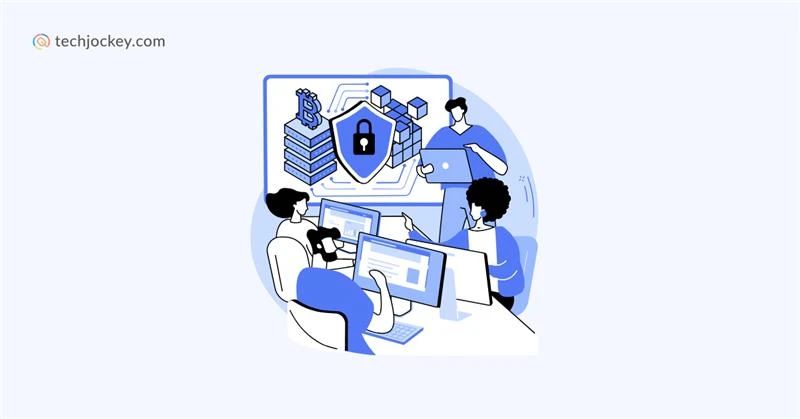December 24, 2023

Mr. Asheet Makhija, COO, Techjockey.com, shares his insights on the emerging challenges businesses face through cyber threats.
As we’ve become deeply entrenched in the digital world, we have come to realize that cybersecurity is not just a technical issue but a pivotal business challenge. And this is why we believe this and how it impacts us all, especially in the leadership roles.
Let’s look at the numbers, they’re quite alarming. In 2022 alone, there were 623.3 million ransomware attacks globally (SonicWall), a 13% increase in ransomware breaches over the last five years. The average cost of these attacks is a staggering $4.54 million, excluding the ransom.
The 2016 debit card breach involved over 3.2 million debit cards that were compromised. Major banks like SBI, HDFC, ICICI, Yes Bank, and Axis Bank were affected. The financial implications included card replacements, refunds, and increased security measures, alongside a loss of customer trust in the affected banks’ digital security measures.
These figures aren’t just statistics; they represent real threats to our businesses’ financial stability and reputation.
The shift to remote work has undoubtedly made things more complex. Employees working from home or public places might use unsecured Wi-Fi networks, and these networks lack robust security measures, making data transmission vulnerable to interception attacks.
Then there are other complexities such as:
These complexities are an opportunity for attackers, which hence increases the attack surface.
Have you heard that the average cost of data breaches during remote work is $1.07M higher than traditional ones (IBM)? And 20% of companies had security breaches caused by working remotely during the pandemic (Malwarebytes). This new fact makes us reconsider and redesign our cybersecurity policies.
The globalization of modern business presents severe third-party and supply chain risk. Attacks by third parties have increased to 44% to 49% annually (Ponemon Institute), and nearly half of organizations have experienced a breach by a third-party vendor within the last year (Ponemon Institute).
The cyber risk that businesses face is no longer in their immediate control as they are increasingly dependent on external partners and suppliers. This requires critical management and control.
Here’s what’s positive – AI in cybersecurity is a game-changer. AI can potentially save organizations up to $3.81M per data breach.
For Example:
Moreover, AI and automation enable us to detect and contain breaches 27% faster. Embracing AI is not just an option but a necessity in our fight against cyber crime.
” I am a Proponent of the Zero Trust Model “
By Asheet Makhija, Chief Operating Officer
Zero Trust Model is imperative. Here’s why:
It could save nearly $1M in average breach costs compared to traditional security models. Sectors dealing with sensitive data, like banking, finance, IT services, and healthcare, have shown the adoption of Zero Trust Models. This approach is rapidly becoming an essential element of advanced cybersecurity strategies.
One of our greatest challenges is to persuade our CEO and other executives that we urgently require huge investments in cybersecurity. We should apply information and practical examples to show the actual effect of cyber threats and the importance of proactive security.
The cybersecurity environment is dynamic. As leaders, we should be aware of these challenges and provide them with the necessary resources. Think of cybersecurity as an investment towards the future of our company, its assets, reputation, and trust. In other words, cybersecurity should not be ignored, as it is like leaving your front door open in a high-crime neighborhood. It is not a question of whether an incident is going to happen, but when.
Explore Topics

Consult with Our Techjockey Expert
Connect for fast and scalable software delivery, corporation plans, advanced security, and much more.
Compare Popular Software

Get the latest Techjockey US Blog Updates!
Subscribe to get the first notified about tech updates directly in your inbox.